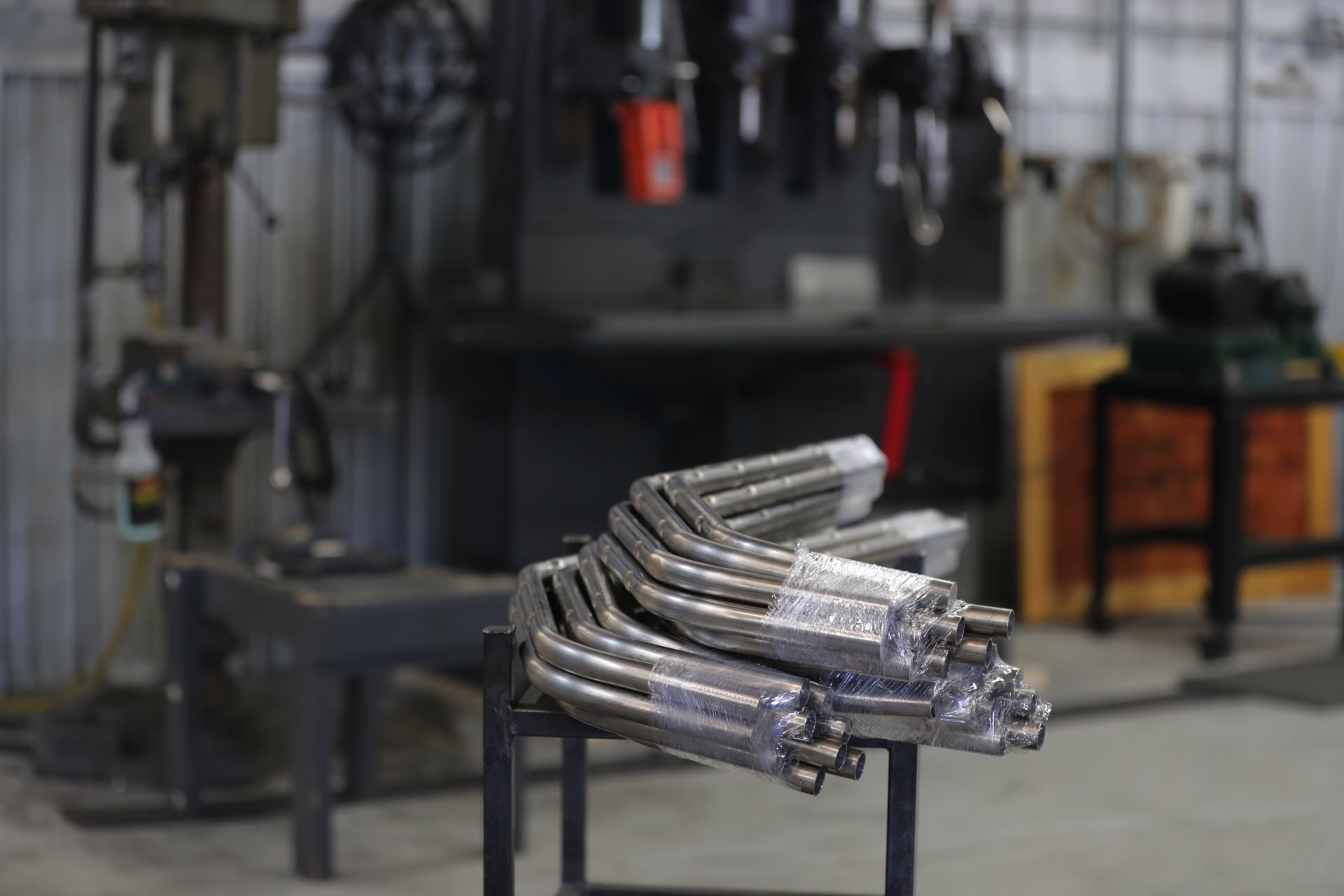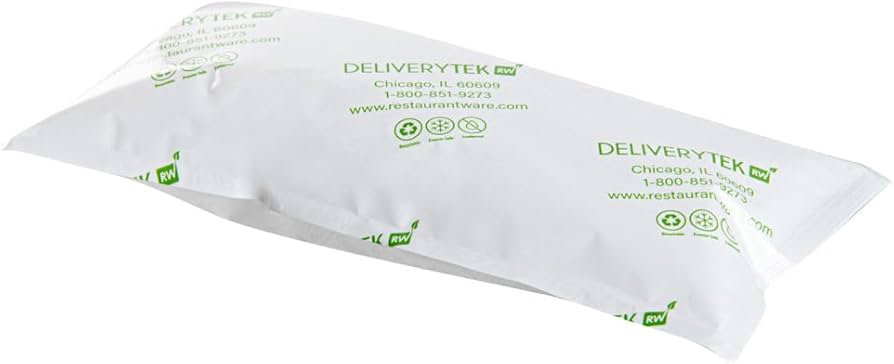The Art of the Curve: An Introduction to Tube Bending
Metal tubes are a fundamental building block in various industries, from construction and automotive to furniture and medical equipment. But straight tubes have limitations. This is where tube bending comes in. This metalworking process transforms straight tubes into precise curves and shapes, unlocking a world of design and functionality.
Beyond Straight Lines: The Benefits of Tube Bending
Tube bending offers several advantages over using pre-curved or segmented tubes:
- Enhanced Design Flexibility: Bending allows for the creation of complex shapes and customized configurations, ideal for unique design applications.
- Improved Strength and Weight Efficiency: Bending allows for continuous material flow, often resulting in a stronger and lighter end product compared to welded or multi-piece designs.
- Reduced Assembly Time and Cost: By eliminating the need for welding or joining multiple segments, tube bending can streamline the manufacturing process and reduce overall costs.
- Material Versatility: A wide range of metal tubes, from steel and aluminum to copper and titanium, can be bent using appropriate techniques.
Understanding the Different Tube Bending Methods
The world of tube bending encompasses various techniques, each suited for specific materials, tube sizes, and desired bend angles. Here’s an overview of common methods:
- Mandrel Bending: A mandrel (a form) is inserted into the tube to prevent collapse during bending, ideal for tight curves and small-diameter tubes.
- Rotary Draw Bending: The tube is drawn around a rotating form, suitable for a wider range of bend angles and larger-diameter tubes.
- Roll Bending: The tube is fed between three rollers, progressively forming the bend. This method is efficient for high-volume production of consistent bends.
- Compression Bending: The tube is pressed between two forms, creating a simple bend. This method is suitable for soft metals and limited bend requirements.
Choosing the Right Tube Bending Technique: Key Considerations
Selecting the appropriate tube bending technique depends on several factors:
- Material Type and Thickness: Different metals have varying bendability characteristics, influencing the choice of technique.
- Tube Diameter and Wall Thickness: Smaller diameters and thinner walls often require mandrel bending for better control.
- Bend Angle and Complexity: Tight bends or complex shapes might necessitate specific techniques like mandrel bending.
- Production Volume: For high-volume production, roll bending offers efficiency, while mandrel bending might be better for one-off projects.
Seeking Professional Expertise for Complex Projects
Tube bending, while a fascinating process, can be intricate. For complex projects or applications involving critical tolerances, consulting a professional tube bending service is highly recommended.
They possess the expertise, specialized equipment, and quality control procedures to ensure precise and reliable results.
Beyond Bending: Additional Tube Fabrication Services
Many tube bending companies offer additional services that can streamline your project:
- Tube Cutting: Precise cutting of tubes to specific lengths before bending.
- End Finishing: Processes like deburring, chamfering, or threading to prepare tube ends for further assembly.
- Welding and Fabrication: Welding capabilities to join bent tubes with other metal components.
Conclusion: Transforming Functionality and Design
Tube bending is an invaluable metalworking process that unlocks a world of possibilities. By understanding the benefits, different techniques, and the value of professional expertise, you can leverage the power of tube bending to create functional and aesthetically pleasing designs for your projects. Remember, for optimal plumbing and water flow in your bent tube applications, consider incorporating water softening systems to prevent mineral buildup and ensure smooth operation.

















